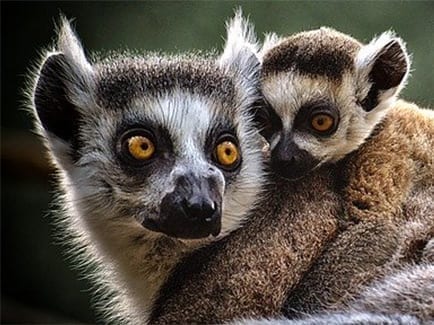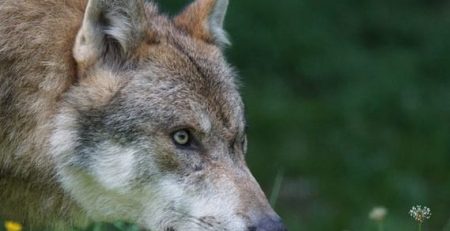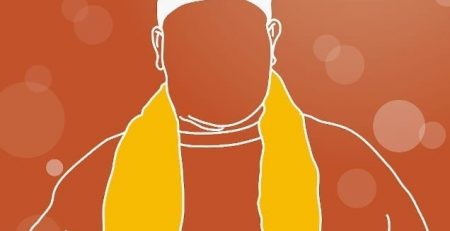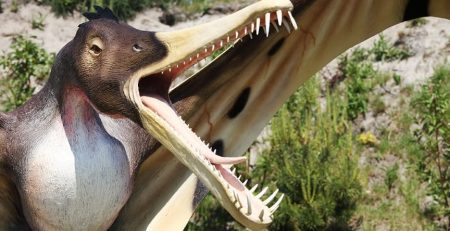Female Mammals in the Wild Found to Outlive Male Counterparts
Women living longer on average than men is something that has been well documented for an extensive period of time now (six to eight years longer, according to the World Health Organization), but scientists have now found “the same holds true for female mammals in the wild too,” according to IFLScience.com.
The researchers found, after analyzing the mortality date for 134 populations of 101 species, that in 60 percent of cases, females lived 18.6% longer on average than males. Examples of these species include sheep, Rocky Mountain goats, and lions. Species including the African buffalo, wild boar, and European rabbit provide examples of species where males outlive females.
The team’s findings, published in Proceedings of the National Academy of Sciences, suggest that “lifespan is predominantly shaped by an interaction between environmental conditions and sex-specific reproductive costs”
“If you take the example of a dimorphic species, males allocate more resources to sexual competition/reproduction compared to less dimorphic species which should lead to bigger sex differences in lifespan,” team lead Jean-François Lemaître, a CNRS researcher at the Biometry and Evolutionary Biology laboratory, told IFLScience. “Yet, even for such a dimorphic species, the magnitude of the [sex] gap might be modulated by the local environmental conditions (e.g. male survival costs of reproduction might be amplified when there are lots of pathogens in the environment). These hypotheses remain to be tested.”
The team notes that varying hormone levels, as well as trends in trophy hunting, could also account for some of the differences.














